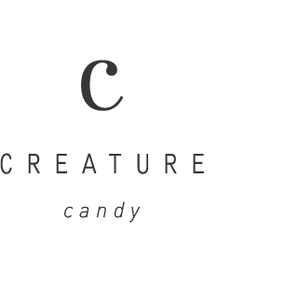Throughout April & May we were asking you whether you have done or are doing something wonderful for wildlife, which you believe will make a difference. We have selected our winners and are now very excited to share these inspiring stories with you. Our first winners are Siobhan and Paul Martin from Nymet Rowland, Crediton, Devon.
A Love of Bees
Siobhan and Paul have always shared a love of gardening but it wasn’t until Siobhan watched Sarah Ravens BBC programme “Bees, Butterflies & Blooms” that she developed the wildflower bug. Siobhan and Paul became more aware that the plants they were putting into their new garden could actually make a difference to the insect population so they vowed to plant more insect friendly plants and also invested in a beehive. Very quickly, a love of bees developed.
An Idea Brought to Life
Siobhan and Paul’s attention turned to their village and how certain public areas could benefit from being transformed into insect havens. They took their ideas a step further and helped form the Wildlife And Gardening Group, or WAGG for short. The group initially had quite a few keen members but as time progressed some people were lost due to moving house or other commitments, however there still remains a core group of four very dedicated people.
A primary aim of the group is to transform amenity grassland areas into wildflowers meadows that will attract a range of insects, and thus birds and bats. So far, three areas have been created around the village, which are cared for and continually topped up with new plants.
A previously well maintained grass verge now blooming with oxeye daisies.
Before the wildflower areas were created, the grass was conscientiously mowed and kept neat and tidy. This unfortunately resulted in an absence of any flowers and the swift bypassing of hopeful insects looking for an alluring flower head to land on. By planting the wildflower areas, the insects no longer bypass the grassland patches and as a result, Siobhan and Paul have seen a significant increase in butterflies in the village. Last year, they recorded brown hairstreak, brimstone, common blue, gatekeeper, painted lady, silver washed fritillary and small copper. The number of bat sightings in the village has also increased.
Raising Awareness
Raising awareness is also a big priority of WAGG. Local residents are educated and informed about the projects with regular wildlife awareness articles in the village magazine “The Pump”. This has included an article about bats written by Francis Kirkham, and a list of all the wildflowers present within the new wildflowers areas, also provided by Francis.
Siobhan says; “Many people don’t realise that by planting a Vipers bugloss, for example, not only do they have lovely blue flowers all season but that the plant is a wonderful food source for many bees and butterflies. Many standard bedding plants carry very little value for insects, so why not plant beautiful wildflowers and help insects too?”
A selection of the stunning wildflowers planted in the village by WAGG.
Plans for the Future
WAGG hopes to organise a bat box building day and perhaps an owl box / bee box building day, but this would depend on funds of course. The group also hope to organise a seed swap as they are now at the point of being able to do this due to having quite a few plants in the village to collect seeds from.
Siobhan and Paul have also recently set up a small wildflower nursery run from their back garden and have just attended their first garden show in Tavistock. They plan to continue expanding the nursery and inspire many more people to plant wildflowers in their gardens. For more information about this, see their Facebook page:
Adrian, a member of WAGG, taking a well earned break.
We would like to offer a massive congratulations to WAGG for the work they have already achieved, and wish them the best of luck with their future projects. Hopefully, this work will not only create havens for our beautiful British wildlife, but will also inspire others to form similar groups within their communities and create something wonderful for wildlife together.





